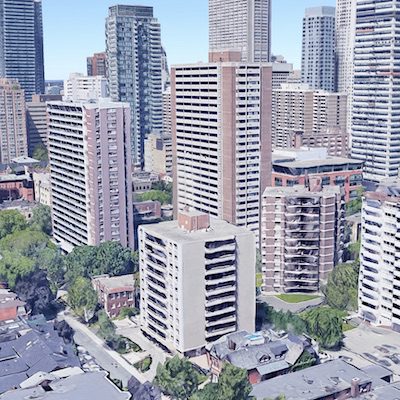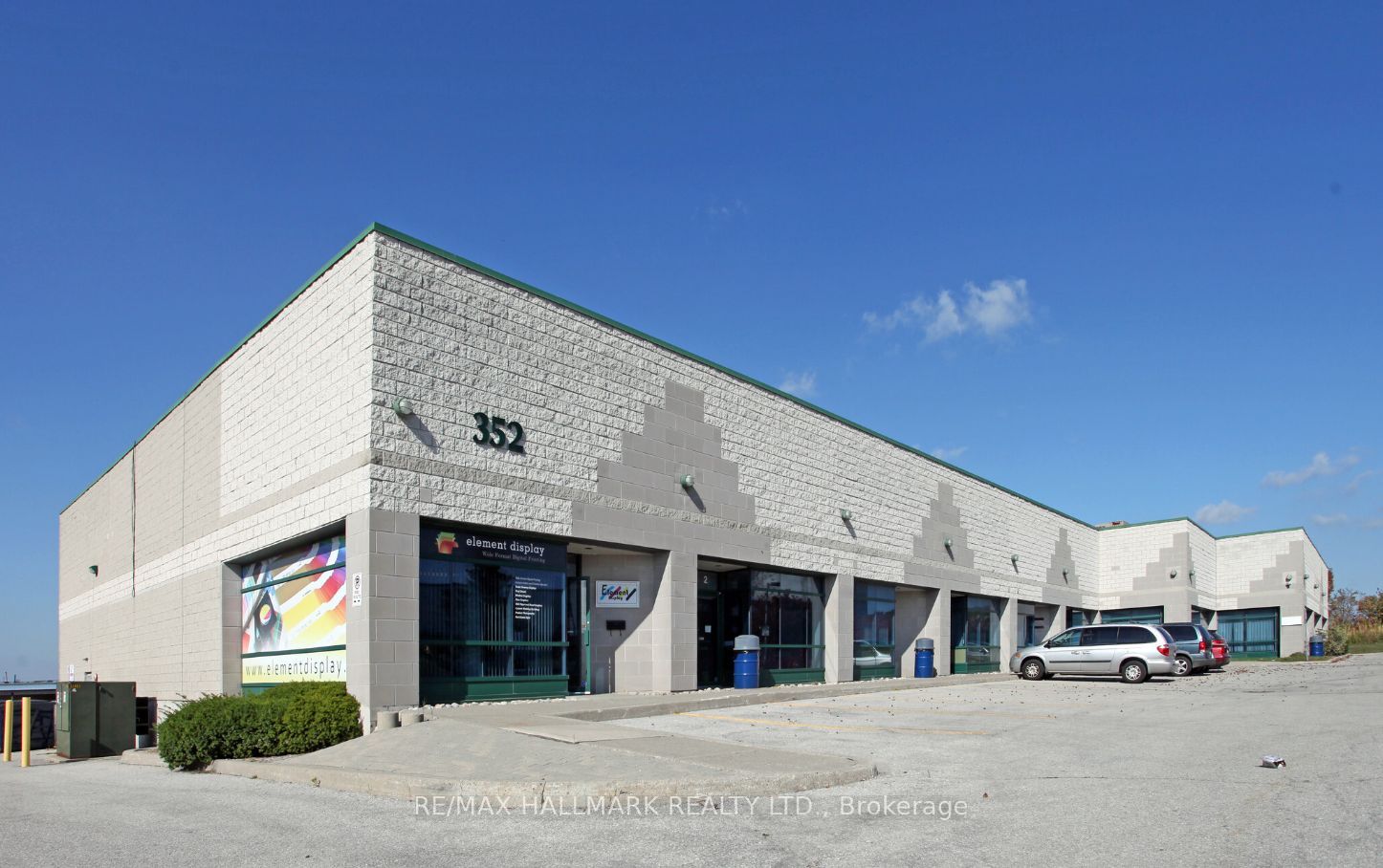Record demand, supply woes, hungry buyers

Record demand, supply woes, hungry buyers
Before the pandemic struck, the purpose-built rental apartment market was one of the soundest asset classes in Canadian commercial real estate.
Though apartment building deal-making slowed down a year ago along with everything else during the first-wave lockdown, the appetite quickly rebounded late in 2020 and is now showing signs of dramatic acceleration in terms of demand and pricing.
Colliers conducted a national panel discussion on Canada’s regional rental apartment building market to offer a snapshot of the state of each city and to forecast where each market appears to be heading.
TORONTO: Dayma Itamunoala, associate VP, sales representative
On new institutional money coming to Toronto
There was brief uncertainty at the start of the pandemic, but multifamily is on fire.
Right now, institutional capital is seeking predictability, stability and feasible financing. For them, multifamily is the perfect asset class, and due to the strong fundamentals in the city, the GTA is the ideal location.
As a result, we’ve seen deal activity accelerate this year above Q1 2020 levels. We’re seeing a whole new set of purchasers aggressively bidding on deals, vying for a foothold in the market.
On steady demand creating secure investments
We saw higher vacancy downtown, especially in newer assets that typically demand premium rents. We’re currently at a 14-year rental vacancy high of 3.4 per cent, up from 1.5 per cent a year ago.
More than 340,000 immigrants enter Canada each year and a third of those newcomers typically settle in the GTA. That number has been cut in half due to the pandemic, but it won’t stay that way.
With Canada mandating increased immigration to 1.2 million people over the next three years, demand will return in a big way.
In Toronto, the barriers to home ownership have continued to increase with the average home now selling for over $1 million. On the supply side, rising construction costs, in addition to policies like inclusionary zoning in Toronto, only serve to limit the supply and increase the need for new housing.
All these factors mean that owning multifamily in the GTA – especially while you can buy below replacement cost – is only becoming more attractive.
On healthy optimism and potential risks
I’m quite optimistic for Toronto’s multifamily sector.
The industry is going through an exciting transformation. Many owners who have held assets for over 50 years are cashing out due to the attractive selling environment.
Market headwinds are also important. Many of our clients are extremely concerned about a potential capital gains increase next year. With the U.S. paving the way for a tax hike, it’s not unreasonable to expect the same in Canada and this would have a major impact on our market.
Policy changes around rent control also present a looming threat. Even with a Conservative premier, guideline increases were restricted in Ontario in 2020. Increased rent control measures could put a lot of pressure on owners and it’s happened before.
Source Real Estate News Exchange. Click here to read a full story









